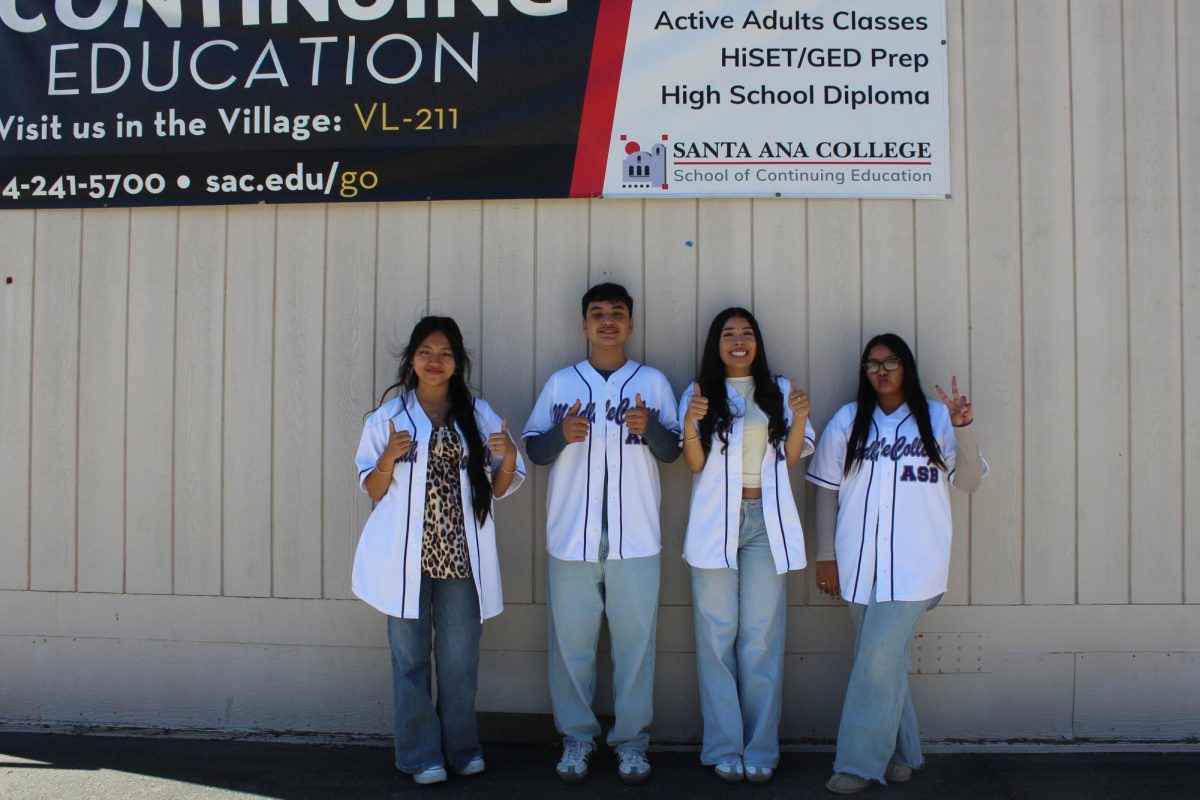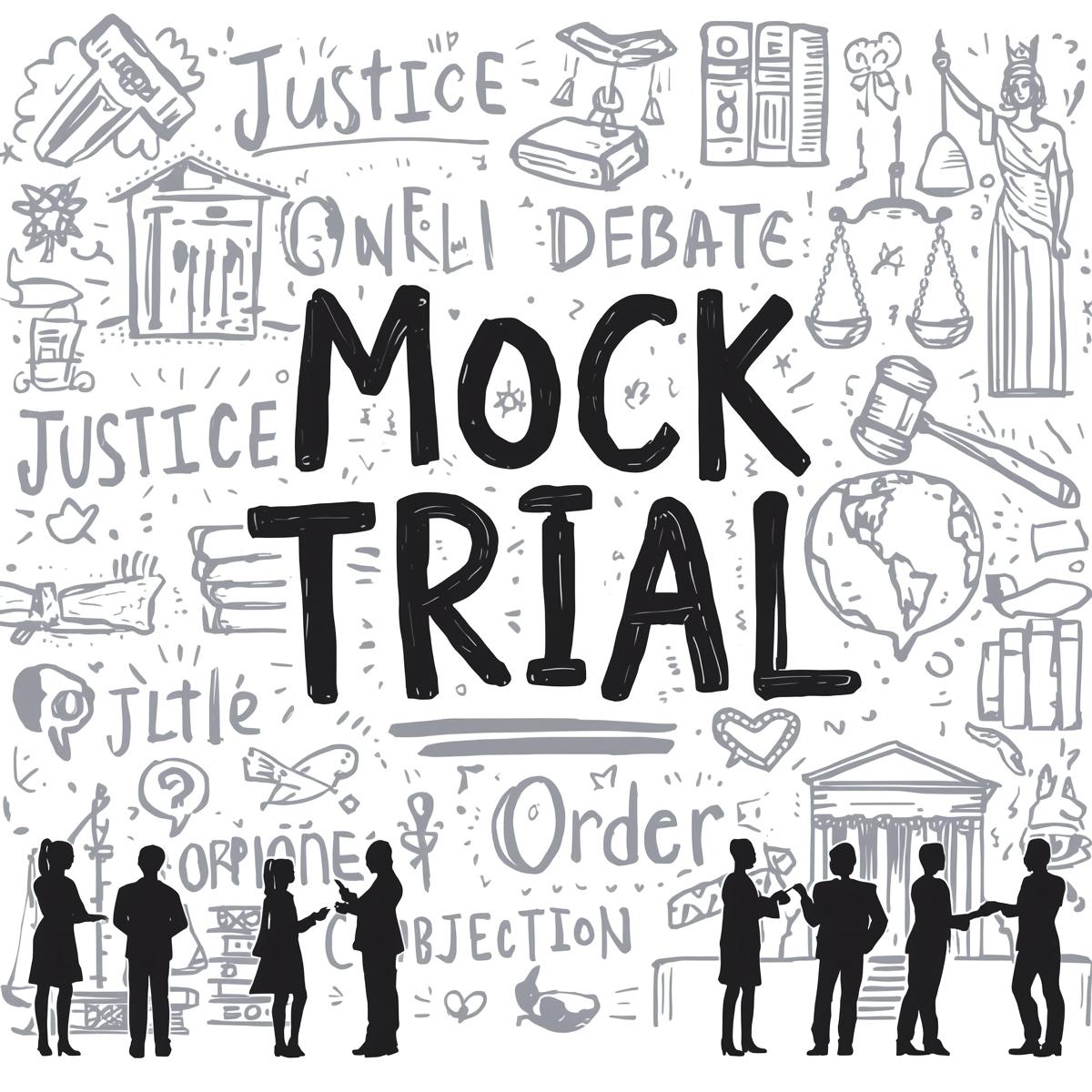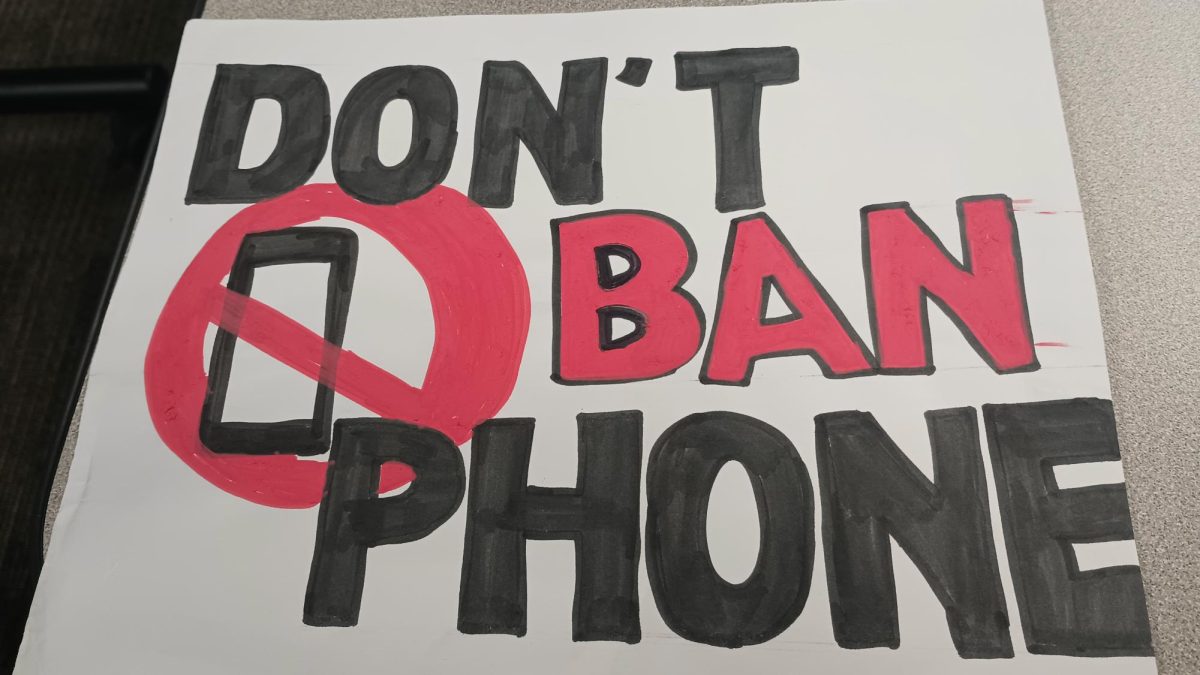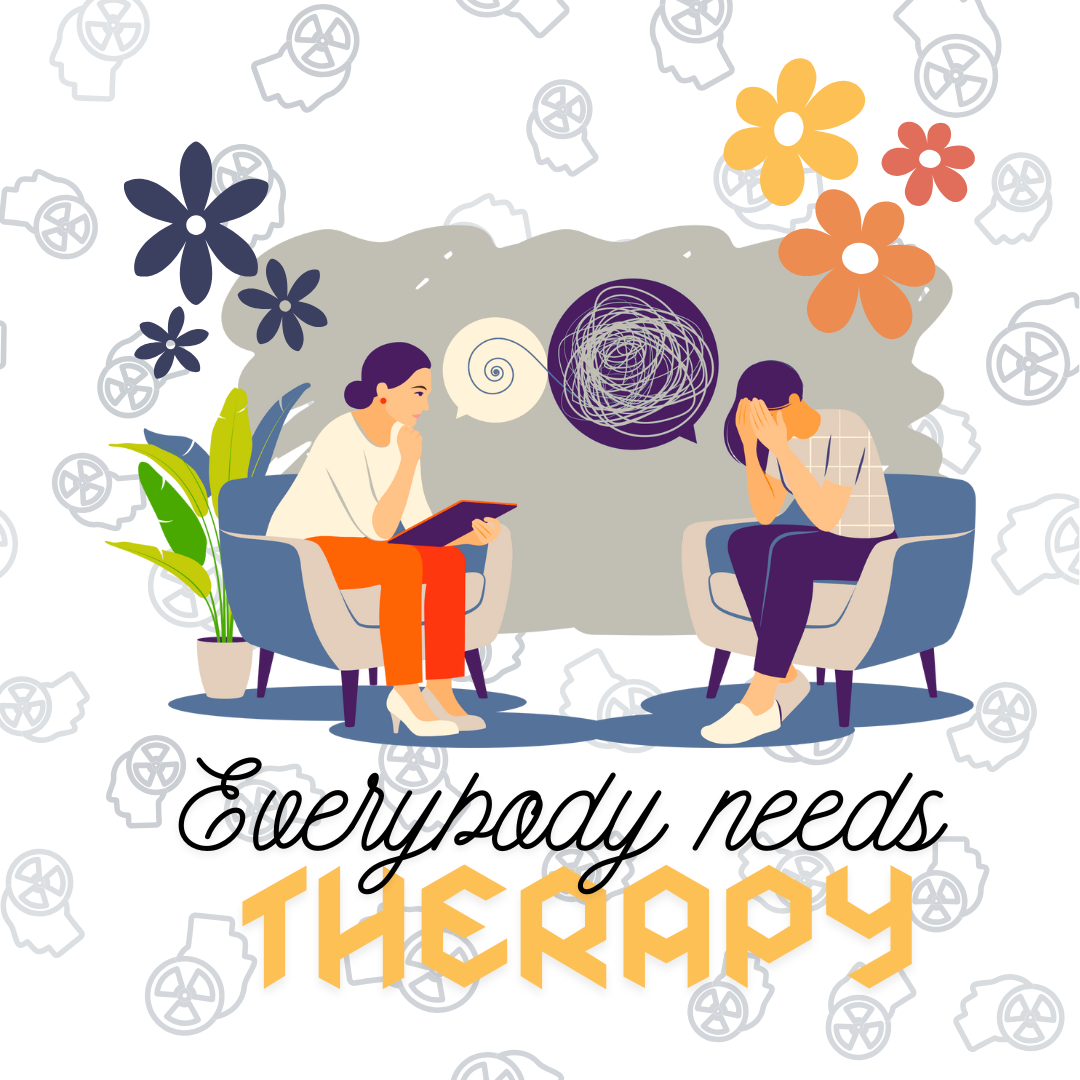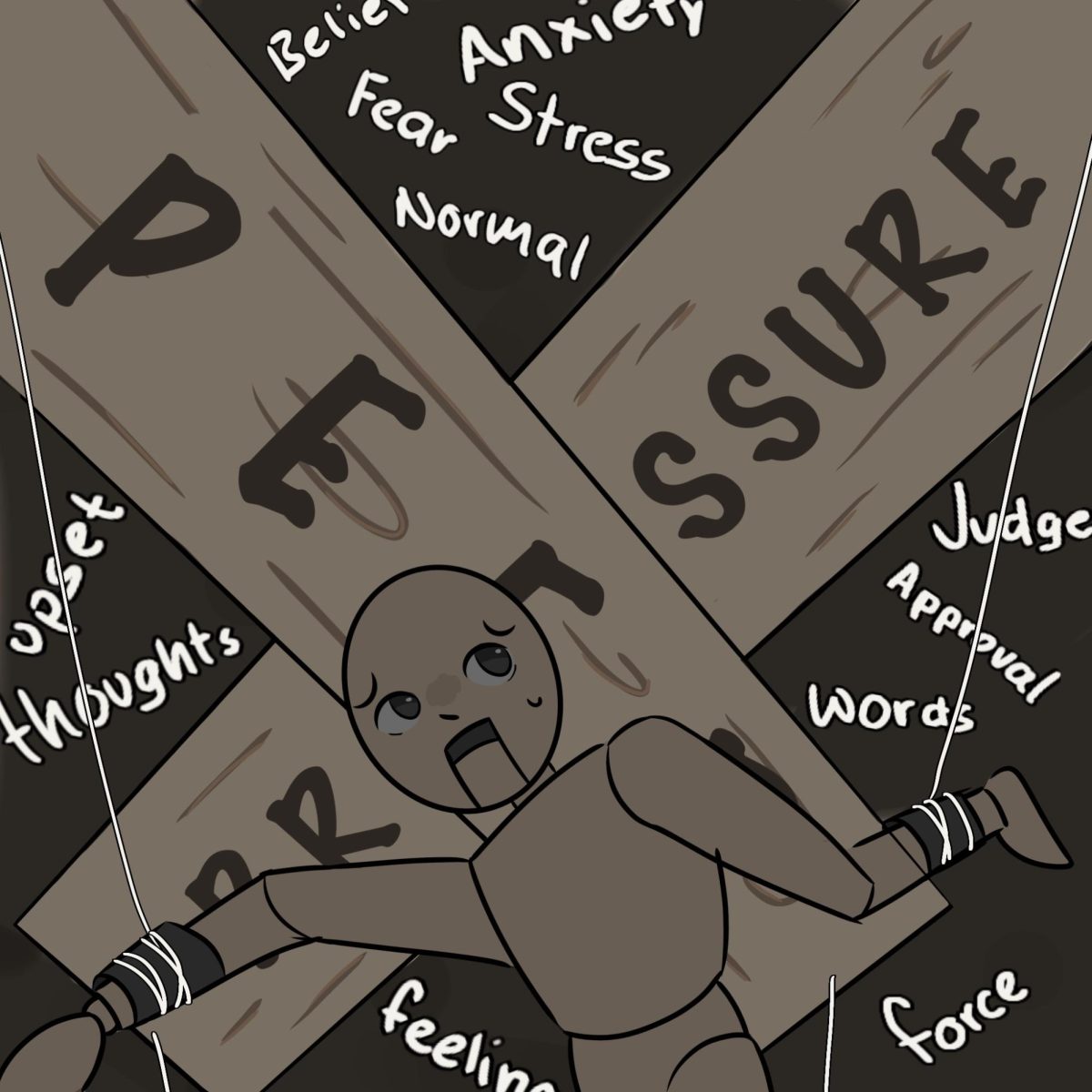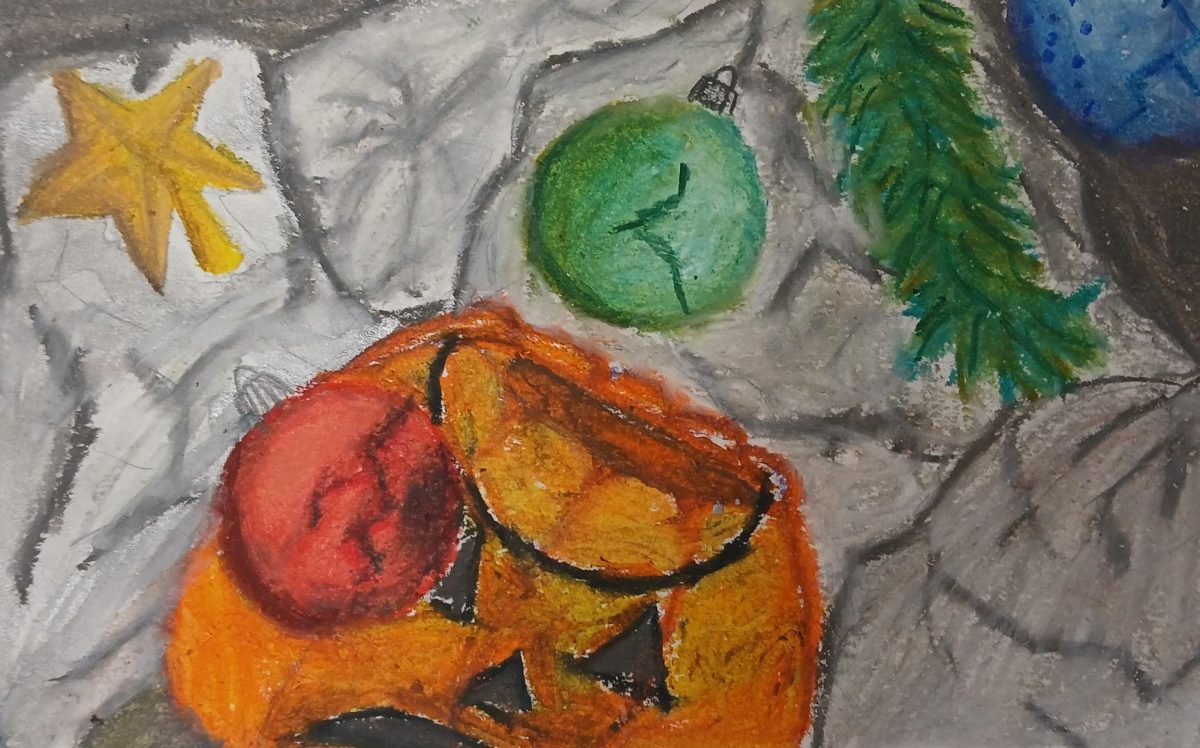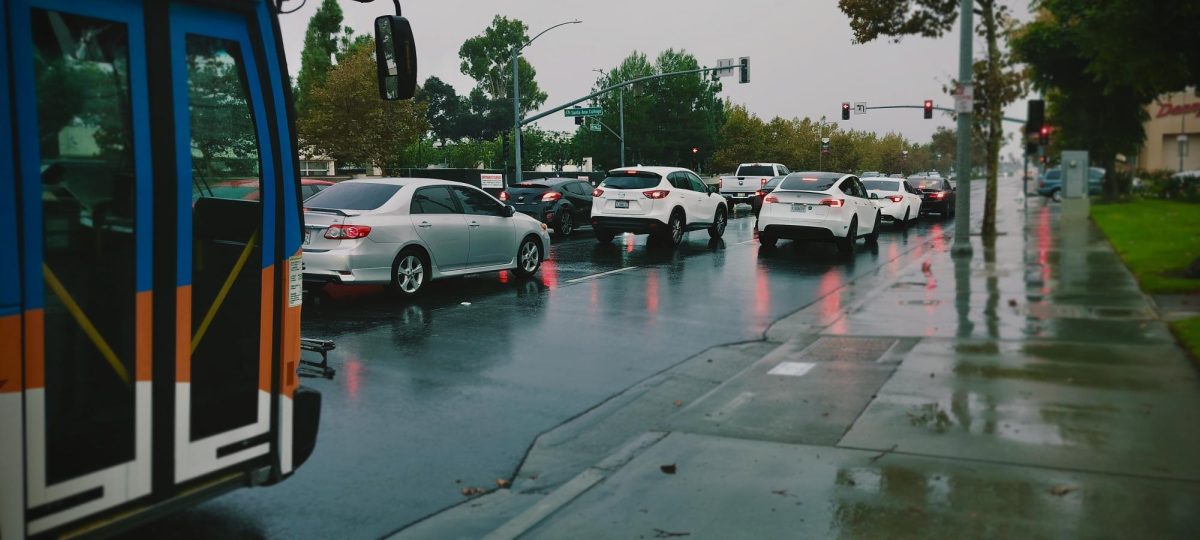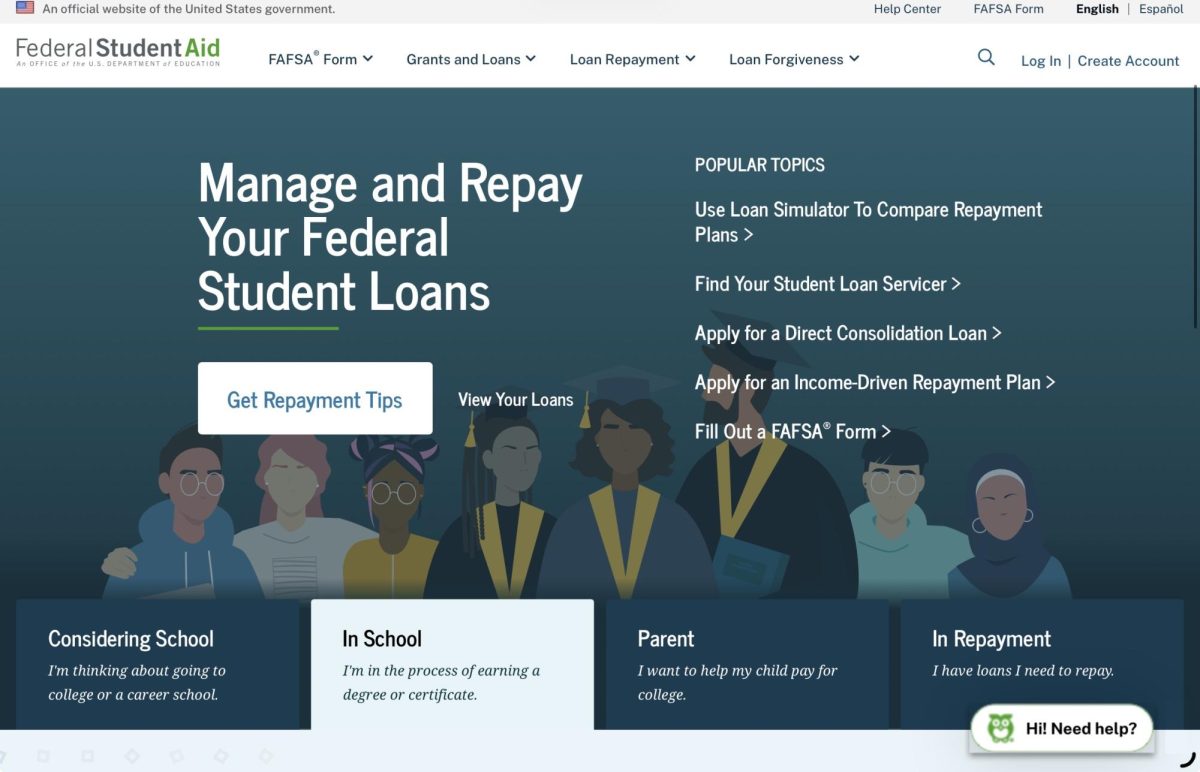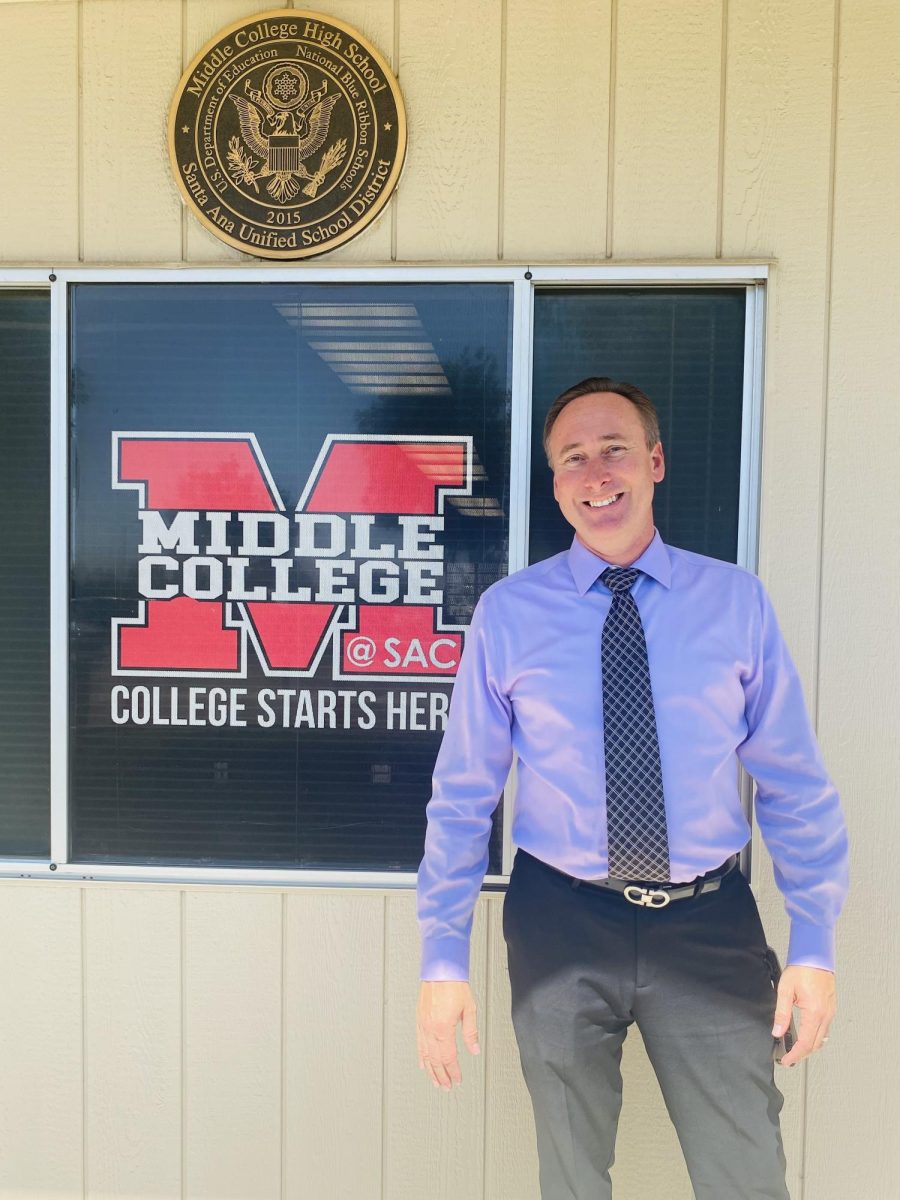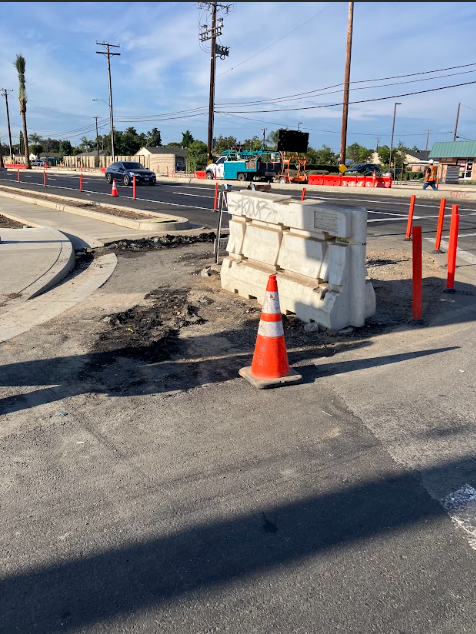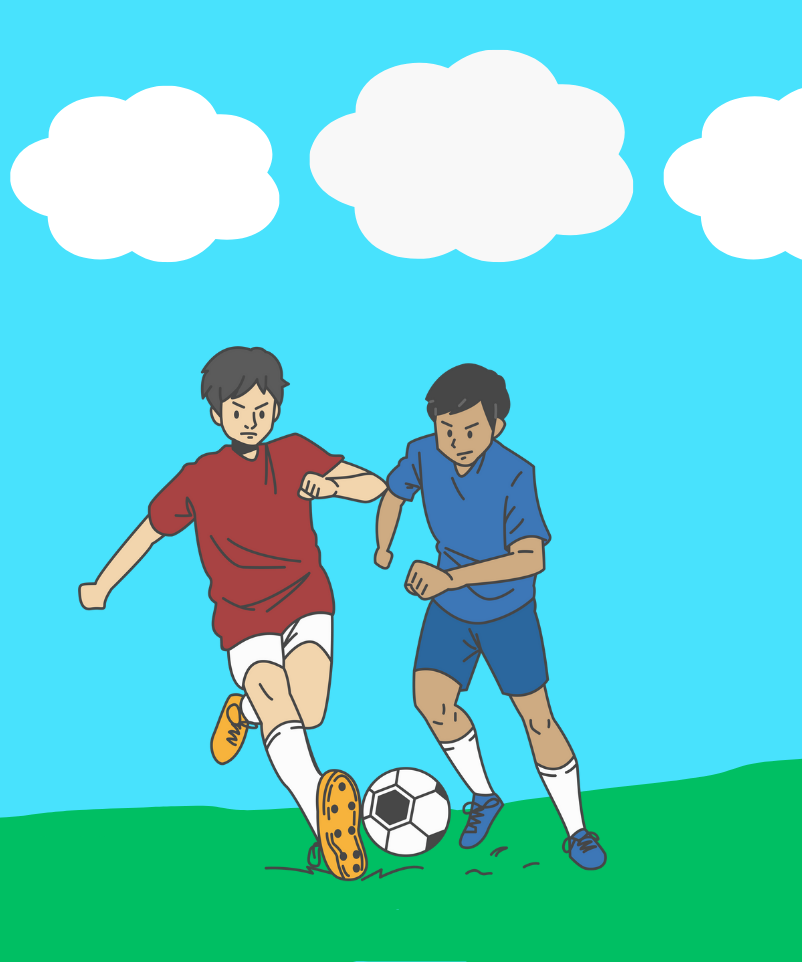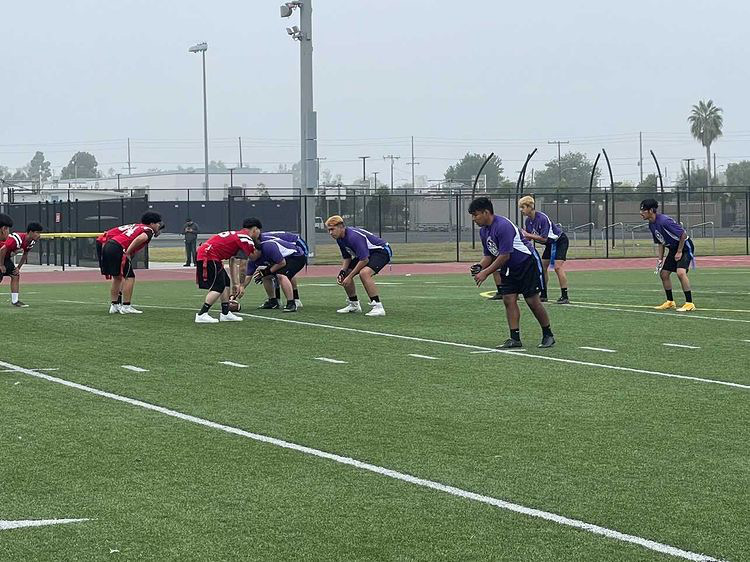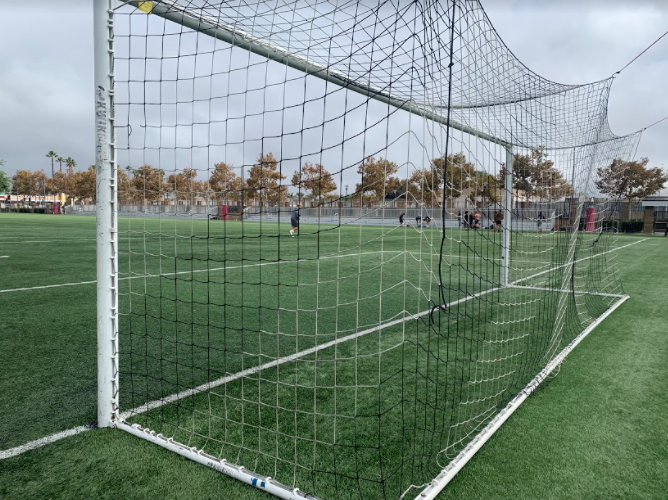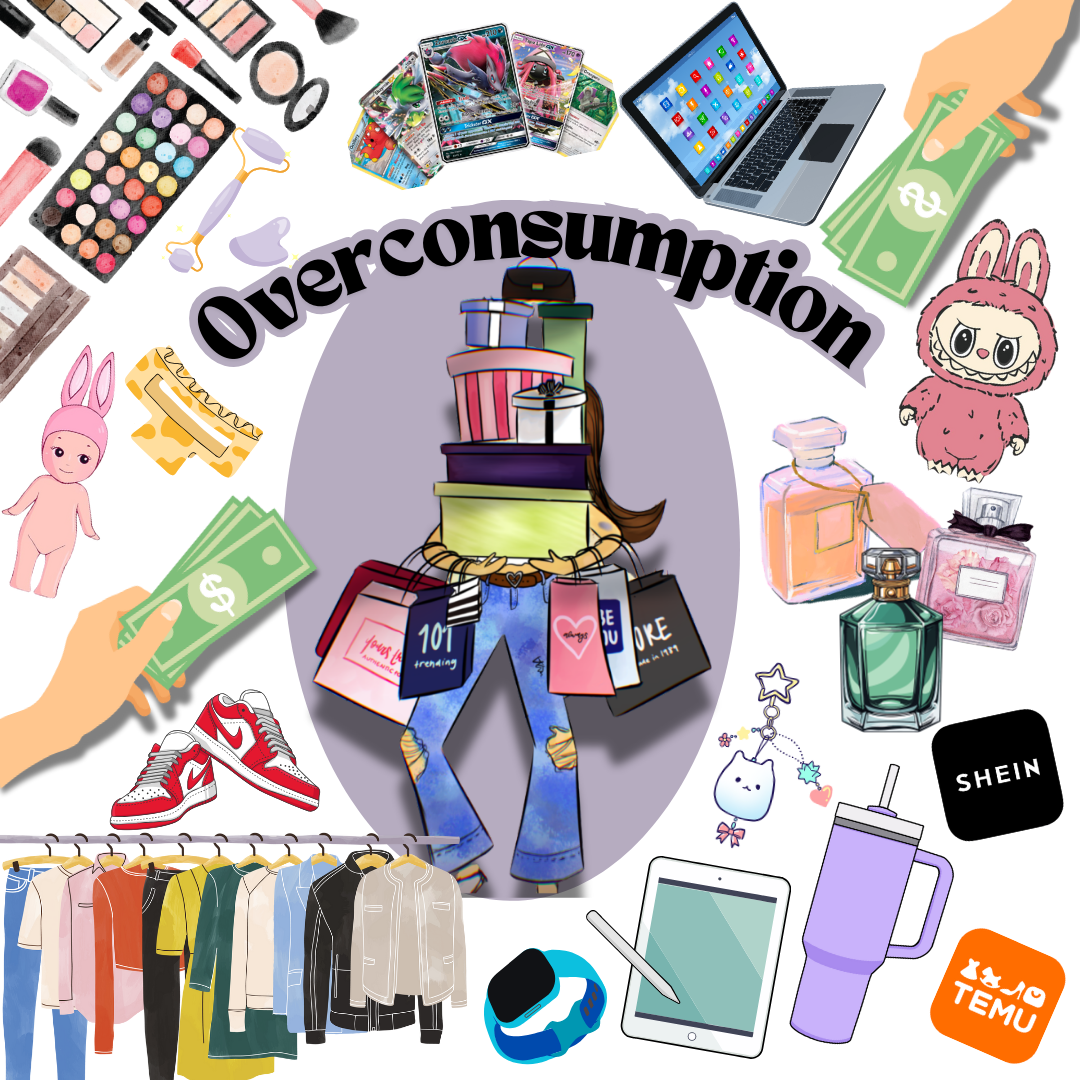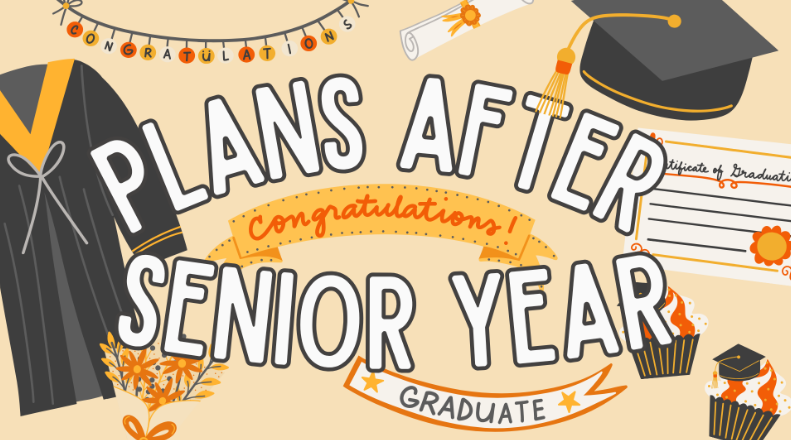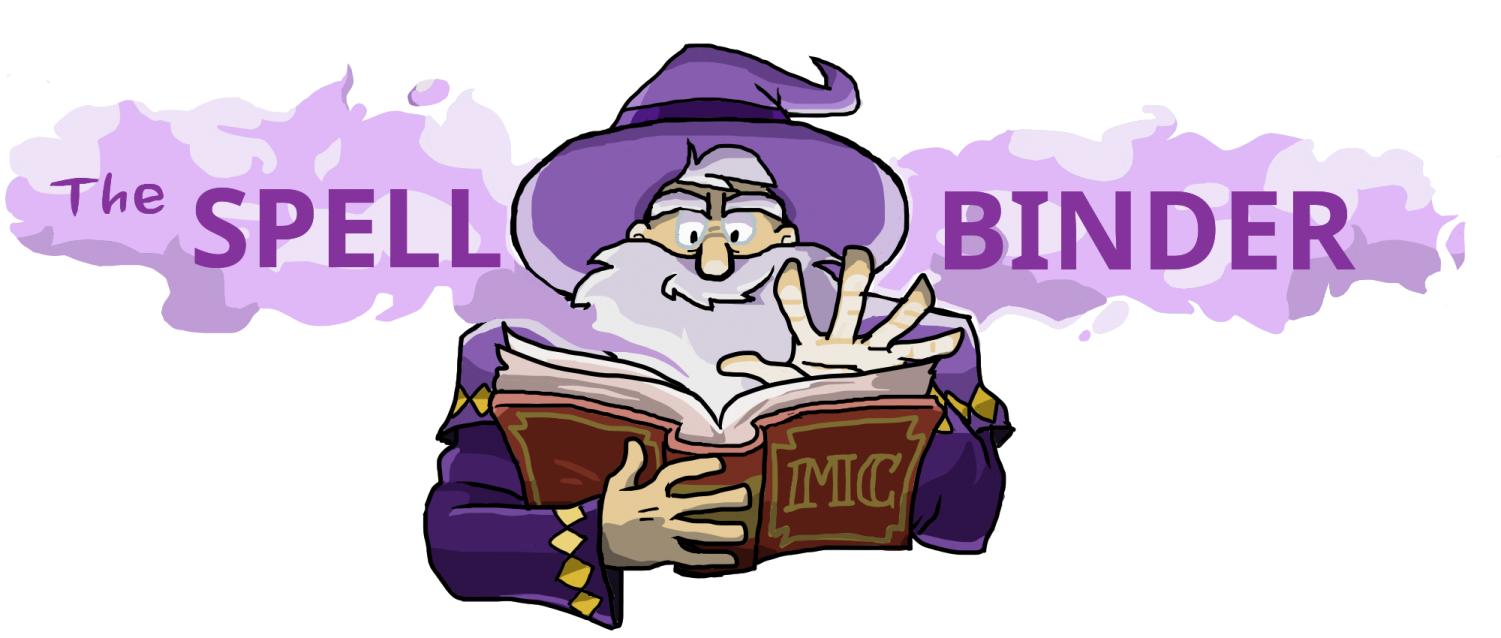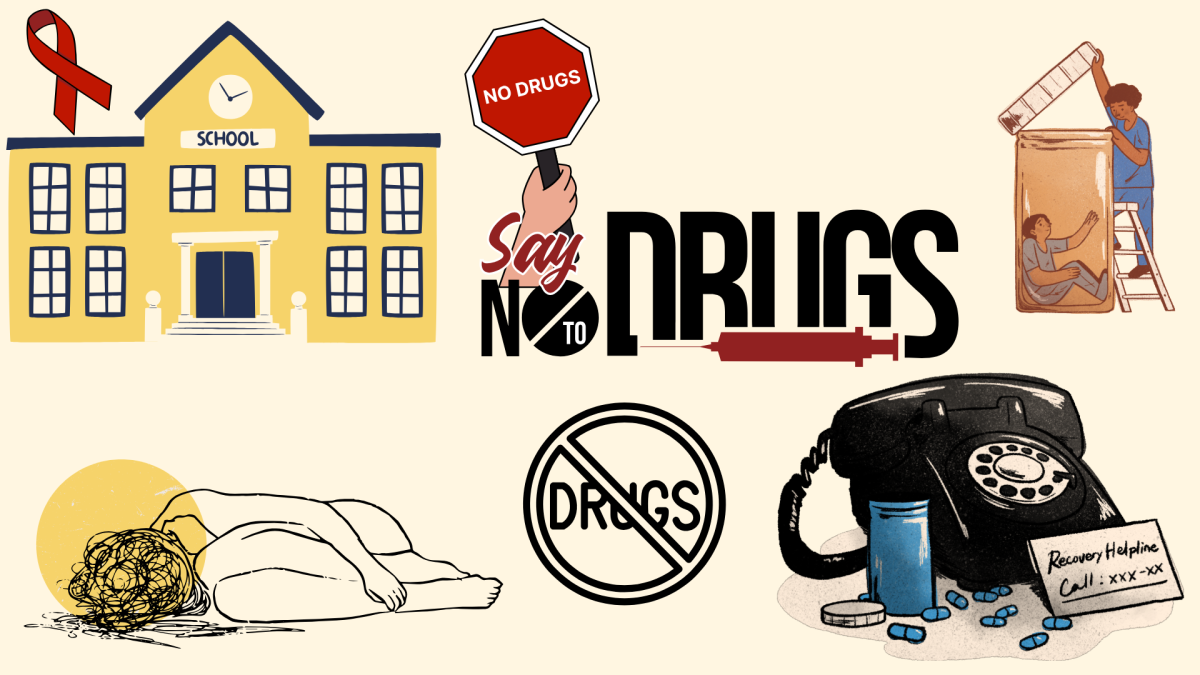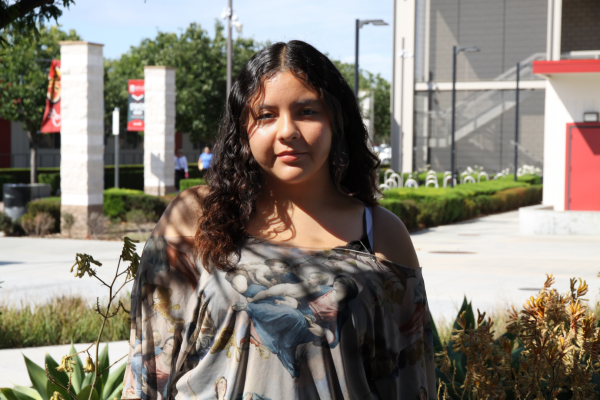Drug use has become an unsettling reality in Santa Ana schools, with students as young as 11 years old gaining access to pills, alcohol and vaping products that often go unnoticed by parents and adults. This brings awareness to the need for more resources and program implementation within our schools and community.
Substance use among teens in Santa Ana is no longer hidden behind closed doors, it’s present in classrooms, bathrooms and even during lunch breaks. Easy access to pills, flavored vapes and alcohol, mixed with the pressure to fit in and little guidance, has left many students at risk. Families often remain unaware, and when help is available, fear or judgement keeps students from reaching out.
Students from the SAUSD High Schools were interviewed for this article, and to respect their rights to privacy they will remain anonymous and referred to as Student 1 or Student 2.
Student 1 shared their personal experience with drug use and how they obtain these substances.
“I take a lot actually, THC, also known as Cannabis, ‘the devil’s lettuce,’ Blue Dirties, sedatives, dissociatives, hallucinogenics and alcohol. I started mid high school, and I only do it on Fridays, because you know, ‘Fried Fridays.’ I use THC more because it’s the easiest one to get my hands on. I simply get everything from a plug, they are everywhere, you just have to look in the right place. School, friends, neighbors, etc,” Student 1 said.
Student 2 admitted they had been struggling for a while but their parents weren’t aware.
“I started at 12 but I don’t do a lot, just vape or alcohol but I did notice it messes me up during school the day after, and well my parents don’t know, I don’t think they even suspect it. I honestly think they wouldn’t really care if they knew tbh,” Student 2 said.
Although they claimed schoolwork wasn’t affected, the physical side effects showed up in sports or during class.
“It doesn’t affect me as much, I have above average grades, but I did notice it affected me because I don’t feel good when I take it and I am running, so now I wait like a day and a half before I run,” Student 1 said.
According to the National Child Traumatic Stress Network, “People who began using addictive substances before age 15 are nearly 7 times more likely to develop a substance problem than those who delay first use until age 21 or older. Every year that substance use is delayed during the period of adolescent brain development, the risk of addiction and substance abuse decreases.”
To better understand the issue, Estefania Bernabe, a mentoring and social services therapist at the Nicholas Academic Centers who previously worked as a substance abuse counselor with Project Kinship from 2019 to 2024, explained what she saw while working with Santa Ana students and families.
“Due to their family dynamic and education I think it played a role in their substance use. For some students it was their coping, going through family issues. Others grew up seeing their parents using, so it was normal for them,” Bernabe said.
Bernabe emphasized that her work included helping both students and parents.
“Part of my role was to work with the student but also the family to provide resources and education on the topic. At McFadden, we would do parent meetings so they could learn about substance use as prevention and how they could help,” Bernabe said.
Bernabe also pointed out that vaping was the biggest trend during her time in the district.
“Definitely vaping, mostly nicotine. Different flavors made it more appealing, and students said it helped them remove their stress and anxiety. Seniors particularly, since they were able to buy their own, felt like it was normal,” Bernabe said.
Bernabe worked with a program called Conexiones, funded by a state grant, which focused on substance prevention.
“It was supposed to be like the DARE program. They saw an increase of students vaping as early as middle school. Any student who was caught, even if it was suspected, would be referred to the program. We would educate them and offer resources, even gift cards for participating. But during the pandemic, participation decreased, it was harder to see the signs through a screen, and the program ended when COVID-19 happened and the funding was cut,” Bernabe said.
While Santa Ana has resources such as school counselors, community agencies like Project Kinship, and local rehab centers, the loss of Conexiones left a gap in direct prevention work with students. The need for another district-wide program is clear. Without one, more teens will continue to turn to drugs as a way to cope with stress, family struggles, or peer pressure. Schools, families and the community must come together to not only raise awareness but to provide consistent support. Prevention, education and open conversations could be the key to keeping the next generation safe.
As National Substance Abuse Prevention Month approaches this October, both student experiences and expert voices like Bernabe’s show the importance of prevention and to remind us to honor those who lost their lives to addiction, support those in recovery and to encourage awareness within our families and communities.
SAUSD resources Links:

